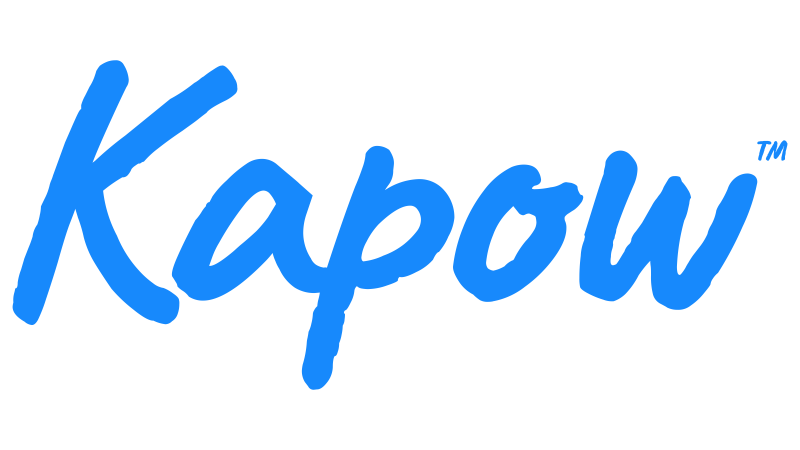Learning intention
- To explore and describe texture through touch and rubbings.
Success criteria
- I can recognise different surfaces through observation and
This content is for subscribers only. Join for access today.
Cambridge Primary Art & Design (0067) Learning objectives
Experiencing
E.02 Explore media, materials, tools,
This content is for subscribers only. Join for access today.
Before the lesson
This content is for subscribers only. Join for access today.
Lesson plan
Recap and recall
Show the Presentation: Drawing materials. Learners recall the different drawing materials used in the last lessson. In pairs, learners discuss what they learnt about using these materials.
This content is for subscribers only. Join for access today.
Extended-mode explainer videos
How to extend your display to view the lesson page and preseantion mode simultaneously. Choose your operating system below to watch the video
If you need further support with extending your display,
please contact [email protected].
Differentiation
Learners needing support:
- Should use the Activity: Texture words to support them with describing different textures.
- Could look for objects that have the textures shown on the Activity: Texture words.
Learners working at a stretch:
- Should describe a range of textures fluently and confidently.
- Could display their rubbings in different ways, such as placing rubbings with similar textures together in their visual journal.
This content is for subscribers only. Join for access today.
Assessing progress and understanding
Learners with secure understanding can:
- Explain what texture is.
- Describe
This content is for subscribers only. Join for access today.
Vocabulary definitions
-
rubbing
Placing paper over a textured surface and colouring over it to copy the texture onto the paper.
-
texture
The way that something feels when it is touched.
This content is for subscribers only. Join for access today.
In this unit
Lesson 1: Exploring drawing materials
Lesson 2: Understanding and creating texture
Lesson 3: Exploring tonal shading
Lesson 4: Sketching and refining a drawing
Lesson 5: Creating an observational drawing

